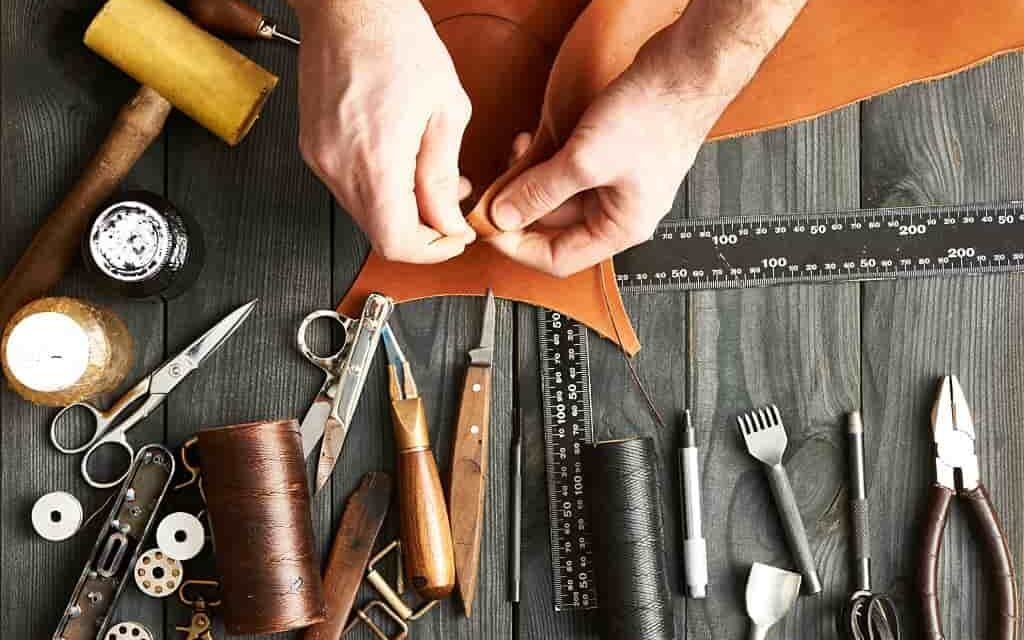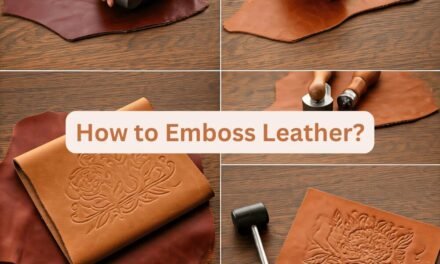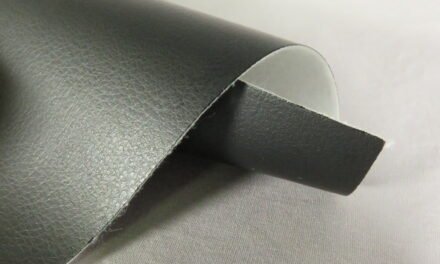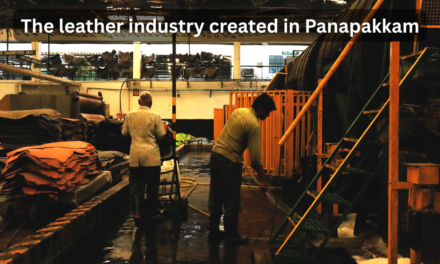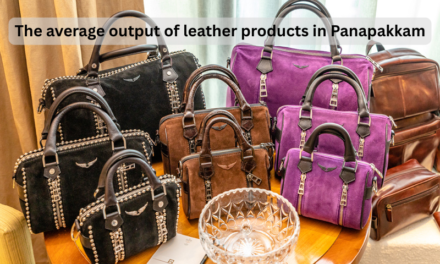Customization in leather accessory production involves tailoring designs, patterns, colors, and features to meet specific customer preferences or branding requirements. Here’s a comprehensive look at how customization is achieved in leather accessory production:
1. Personalized Design and Patterns
- Embossing and Debossing:
- Create raised (embossed) or recessed (debossed) designs, such as logos, monograms, or patterns.
- Achieved using metal stamps, plates, or hydraulic presses.
- Ideal for wallets, belts, and bags.
- Laser Engraving:
- Precision lasers engrave intricate patterns, text, or graphics onto the leather surface.
- Common for small accessories like keychains or watch straps.
- Hand-Tooling:
- Craftspeople use tools to carve and decorate leather manually, offering unique, artisanal designs.
- Often used for custom belts, wallets, or book covers.
2. Custom Colors and Finishes
- Dyeing:
- Leather can be dyed in a wide range of colors to match specific preferences.
- Techniques include hand-dyeing for gradient effects or machine dyeing for uniform color.
- Edge Finishing:
- Edges can be painted or burnished in contrasting or matching colors for a personalized touch.
- Special Finishes:
- Options like metallic, matte, or glossy finishes can be applied to enhance the aesthetic appeal.
3. Material Selection
- Types of Leather:
- Customers can choose from full-grain, top-grain, suede, or exotic leathers (e.g., crocodile, ostrich).
- Eco-Friendly Materials:
- Bio-based or synthetic leather options cater to environmentally conscious consumers.
- Lining Materials:
- Inner linings can be customized with fabric patterns, colors, or branding.
4. Custom Hardware
- Personalized Hardware:
- Metal components like buckles, rivets, zippers, and clasps can be customized with engraved logos or specific finishes (e.g., gold, silver, or antique).
- Unique Shapes:
- Hardware can be designed in unique shapes to align with brand identity or themes.
- Monogrammed Tags:
- Tags or charms featuring initials or logos add a distinctive element.
5. Monograms and Logos
- Engraving:
- Monograms or logos can be laser-engraved for precision and durability.
- Foil Stamping:
- Metallic foil (gold, silver, or colored) adds a luxurious touch to monograms or brand names.
- Embroidery:
- Logos or designs can be embroidered onto leather or fabric components for a textured look.
6. Modular and Custom Features
- Custom Compartments:
- Bags, wallets, and cases can be designed with specific compartments to fit customer needs.
- Examples include laptop sleeves, extra card slots, or hidden pockets.
- Detachable Components:
- Interchangeable straps, handles, or covers allow for personalization.
- Size Customization:
- Dimensions can be tailored to match specific requirements, such as belts cut to exact waist sizes or bags resized for unique purposes.
7. Unique Textures
- Embossed Patterns:
- Patterns like crocodile, snake, or floral textures can be embossed onto smooth leather.
- Laser-Cut Designs:
- Lasers cut intricate patterns or shapes into leather, creating decorative or functional elements.
8. Branding and Corporate Customization
- Branded Products:
- Logos, slogans, or corporate designs can be added for promotional or corporate gifts.
- Packaging Customization:
- Leather accessories can be packaged in branded boxes or pouches for a complete, personalized experience.
9. Artisanal Handcrafting
- Bespoke Craftsmanship:
- Customers work directly with artisans to design one-of-a-kind pieces.
- Includes hand-stitched details, unique patterns, and customized colors.
- Collaborative Design:
- Custom sketches or designs provided by clients are crafted into finished products.
10. Digital and AI-Based Customization
- 3D Rendering:
- Digital tools allow customers to visualize their designs on a 3D model before production.
- Online Configurators:
- Customers can choose materials, colors, and features through online platforms, providing real-time previews.
- AI-Assisted Design:
- AI tools suggest design elements based on customer preferences or trends.
11. Limited Editions
- Themed Collections:
- Accessories can be customized for specific events, seasons, or collaborations.
- Numbered Editions:
- Limited-run products with serial numbers add exclusivity and value.
12. Sustainable Customization
- Upcycling:
- Old leather products are reworked into new, customized items.
- Recycled Materials:
- Incorporate recycled leather or fabric for eco-conscious consumers.
- Minimal Waste:
- Custom designs can optimize material usage to reduce waste.
13. Custom Stitching and Patterns
- Decorative Stitching:
- Use contrasting thread colors or intricate patterns to enhance visual appeal.
- Hand-Stitched Details:
- Adds durability and a personal touch, often used in luxury accessories.
14. Accessories for Special Purposes
- Custom Utility Features:
- Tool belts, cases, or straps designed for specific professional needs.
- Personalized Travel Accessories:
- Passport covers, luggage tags, or travel wallets with custom initials or designs.
15. Incorporating Other Materials
- Mixed Media:
- Combine leather with other materials like wood, metal, or fabric for unique designs.
- Inlays and Overlays:
- Decorative inlays of contrasting leather or other materials add depth and personalization.
Examples of Customized Leather Accessories
- Wallets: Monogrammed initials, custom card slots, unique patterns.
- Bags: Personalized dimensions, logos, hardware finishes.
- Belts: Custom lengths, buckle designs, engraved details.
- Watch Straps: Tailored lengths, embossed patterns, specific stitching styles.
- Keychains: Engraved names, unique shapes, or branded tags.
Conclusion
Customization in leather accessory production involves a mix of traditional techniques, modern technology, and creative design options. Whether it’s embossing logos, hand-tooling intricate patterns, or using digital configurators, manufacturers can cater to a wide range of customer preferences. This personalization not only enhances the uniqueness of leather accessories but also adds value and exclusivity to the final product.
Hashtags
#CustomLeatherAccessories #LeatherPersonalization #TailoredLeatherGoods #LuxuryLeatherCustomization #PersonalizedLeatherDesigns #BespokeLeatherCraft #LeatherAccessoryInnovation #CustomLeatherCreations #HandcraftedLeatherGoods #LeatherCustomizationTrends

